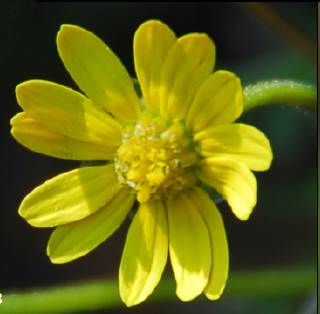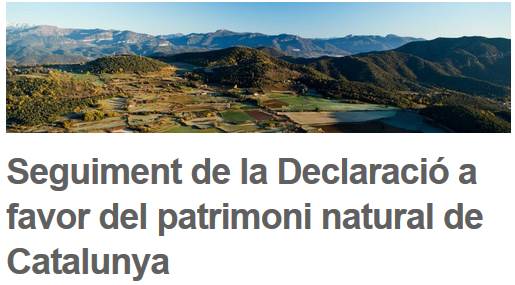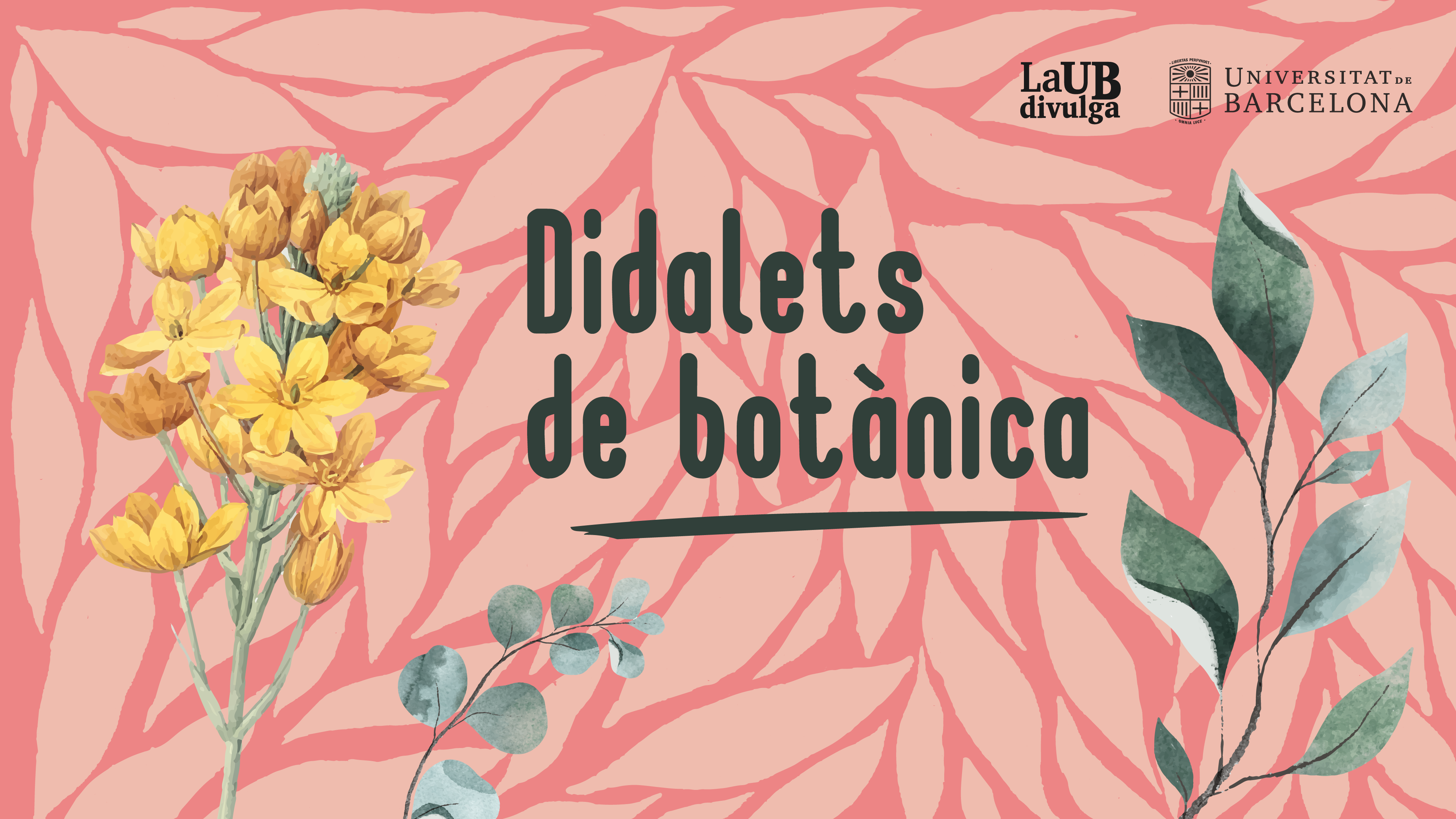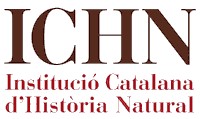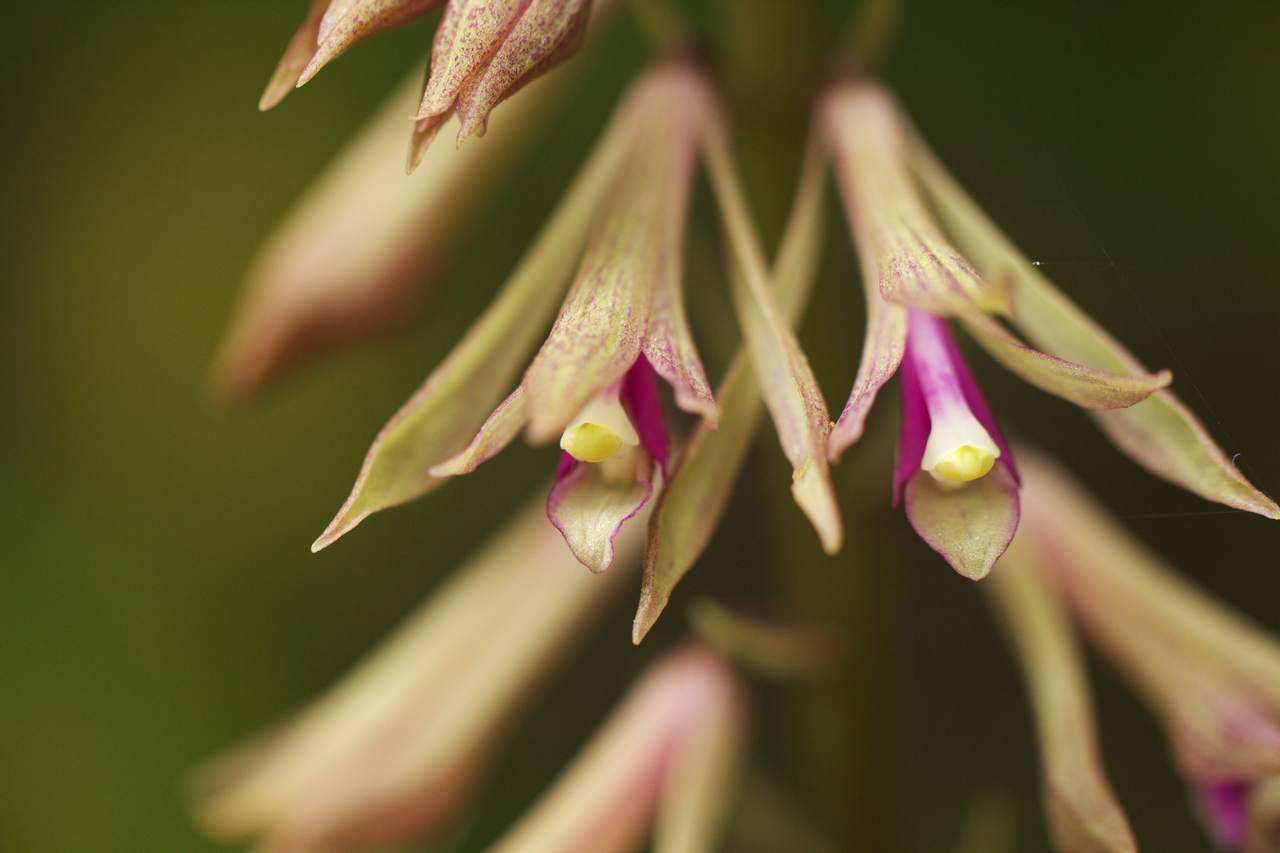| Diversitat genètica d'una orquídia de Corea |
 |
 |
 |
| dijous, 9 de gener de 2014 09:56 | |||
|
Cremastra appendiculata. Foto: Wildflowers of Shimane El nostre company Jordi López-Pujol acaba de publicar, amb un equip d'investigadors coreans i japonesos la història de les poblacions de l'orquídia coreana Cremastra appendiculata var. variabilis. A través de l'anàlisi dels nivells i la distribució de les dades al·loenzimàtiques conclouen que la distribució actual derivaria de múltiples orígens (múltiples refugis glacials), amb gran capacitat de dispersió de granes. Chung, M. Y., López-Pujol, J., Moon, M.-O., Maki, M., Yukawa, T., Sugiura & Chung, M. G. (2013). Population history of the terrestrial orchid Cremastra appendiculata var. variabilis from Korea, inferred from levels and distribution of genetic diversity. Botanical Journal of the Linnean Society (online, 2013 DOI: 10.1111/boj.12109)
Resum / Abstract Cremastra appendiculata var. variabilis is a self-compatible, insect-pollinated, terrestrial orchid that is a typical member of the warm-temperate vegetation in the Korean Peninsula. Here we examine levels and partitioning of allozyme diversity (22 loci) in 12 populations of this orchid to gain insight into its genetic structure and post-glacial colonization history in Korea. It harboured considerably higher levels of genetic variation within populations (%P = 48.1, A = 1.70 and He = 0.217) and lower degree of differentiation among populations (FST = 0.068) than those typical of allozyme-based studies in other terrestrial orchid species. These patterns suggest that extant populations were derived from multiple source populations (i.e. from multiple glacial refugia), although further studies are needed to confirm this scenario. In addition to population history, traits such as high potential of seed dispersal, a mixed mating system and its occurrence in large and continuous populations would have contributed to the current levels and distribution of genetic diversity in Korean populations of C. appendiculata var. variabilis. © 2013 The Linnean Society of London, Botanical Journal of the Linnean Society, 2013, 173, 721–732.
|
|||
| Darrera actualització de dijous, 9 de gener de 2014 14:59 |

